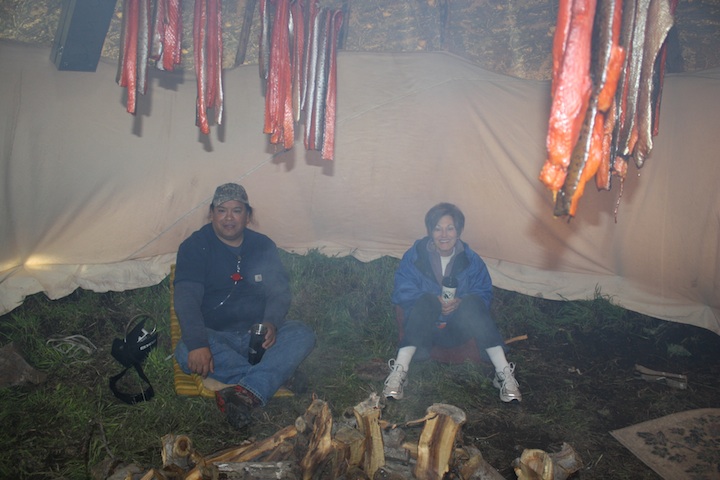This year Carlos Manzano received his PhD from the Simonich lab (Project 5), and moved on from the OSU Superfund Research Center (SRC).
His research with the SRC focused on the development of new analytical techniques for the analysis of PAHs in complex environmental samples. With Dr. Simonich, he developed an analytical method using comprehensive two dimensional GC (GCxGC/ToF-MS) to analyze around 90 PAHs in one chromatographic run, using a highly orthogonal column combination. For his PhD thesis, they wanted to focus specifically on oxy-PAHs and alkyl-PAHs, which were part of other SRP projects at OSU. They got some standards from other groups, and regularly collaborated with other cores and projects.
During his training, he received a prestigious 2012 Student Paper Award from the American Chemical Society (ACS). His work was published in ES & T.
Manzano C, Hoh E, Simonich SM. Optimization of Column Selection for Separation of Complex Polycyclic Aromatic Hydrocarbons Mixtures using GCxGC/ToF-MS. Environmental Science and Technology, 46, 7677-7684.
Manzano’s PhD thesis helped him get his current position. He is now holding a postdoctoral Visiting Fellowship in Canadian Laboratories, working in the Canada Centre for Inland Waters as part of the Aquatics Contaminants Research Division of Environment Canada, located in Burlington, Ontario. His research focuses on novel methods and analysis of polycyclic aromatic compounds in oil sands sediments, precipitation and snow samples. The goals are to expand the list of PACs to match reported industry emissions and to identify new PACs that characterize atmospheric emissions from bitumen upgraders as well as dust from mining and refinery waste.

Thanks to the SRP funding and meetings I was also able to meet my
current supervisors and share with them my research interests (I met
them at SETAC Long Beach in 2012).~Carlos Manzano





